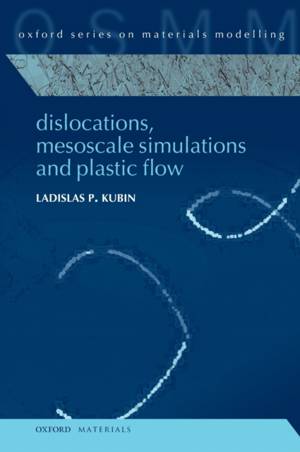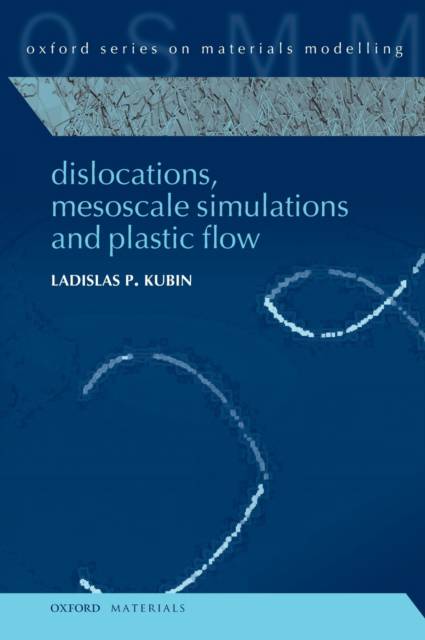
Bedankt voor het vertrouwen het afgelopen jaar! Om jou te bedanken bieden we GRATIS verzending (in België) aan op alles gedurende de hele maand januari.
- Afhalen na 1 uur in een winkel met voorraad
- In januari gratis thuislevering in België
- Ruim aanbod met 7 miljoen producten
Bedankt voor het vertrouwen het afgelopen jaar! Om jou te bedanken bieden we GRATIS verzending (in België) aan op alles gedurende de hele maand januari.
- Afhalen na 1 uur in een winkel met voorraad
- In januari gratis thuislevering in België
- Ruim aanbod met 7 miljoen producten
Zoeken
Omschrijving
In the past twenty years, new experimental approaches, improved models and progress in simulation techniques brought new insights into long-standing issues concerning dislocation-based plasticity in crystalline materials. During this period, three-dimensional dislocation dynamics simulations appeared and reached maturity. Their objectives are to unravel the relation between individual and collective dislocation processes at the mesoscale, to establish connections with atom-scale studies of dislocation core properties and to bridge, in combination with modelling, the gap between defect properties and phenomenological continuum models for plastic flow. Dislocation dynamics simulations are becoming accessible to a wide range of users. This book presents to students and researchers in materials science and mechanical engineering a comprehensive coverage of the physical body of knowledge on which they are based. It includes classical studies, which are too often ignored, recent experimental and theoretical advances, as well as a discussion of selected applications on various topics.
Specificaties
Betrokkenen
- Auteur(s):
- Uitgeverij:
Inhoud
- Aantal bladzijden:
- 320
- Taal:
- Engels
- Reeks:
Eigenschappen
- Productcode (EAN):
- 9780198525011
- Verschijningsdatum:
- 19/05/2013
- Uitvoering:
- Hardcover
- Formaat:
- Genaaid
- Afmetingen:
- 165 mm x 239 mm
- Gewicht:
- 748 g

Alleen bij Standaard Boekhandel
+ 467 punten op je klantenkaart van Standaard Boekhandel
Beoordelingen
We publiceren alleen reviews die voldoen aan de voorwaarden voor reviews. Bekijk onze voorwaarden voor reviews.









